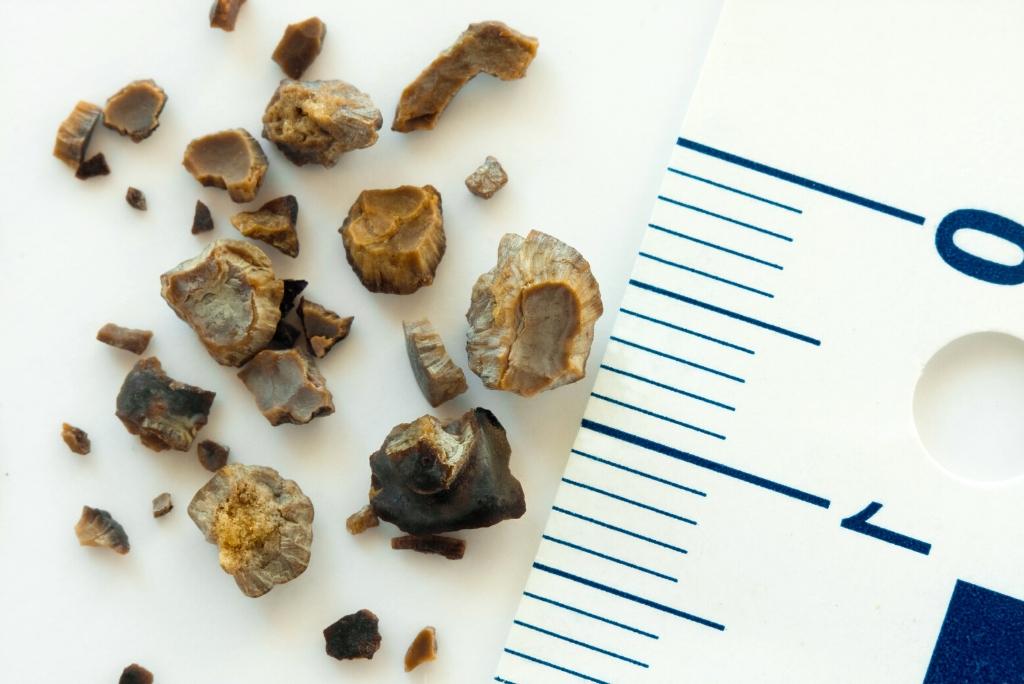All About Kidney Stones
Each year, more than half a million people go to emergency rooms for kidney stone problems.
Your kidneys remove waste and fluid from your blood to make urine. Sometimes, when you have too much of certain wastes and not enough fluid in your blood, these wastes can build up and stick together in your kidneys. These clumps of waste are called kidney stones.
Anyone can get a kidney stone, but some people are more likely than others to have them. Men get kidney stones more often than women do. Kidney stones are also more common in non-Hispanic white people than in people of other ethnicities.
Symptoms of Kidney Stones
A kidney stone usually will not cause symptoms until it moves around within your kidney or passes into your ureters — the tubes connecting the kidneys and the bladder. If you have a very small kidney stone that moves easily through your urinary tract, you may not have any symptoms, and may never know that you had a kidney stone.
However, if you have a large kidney stone, it becomes lodged in the ureters and may block the flow of urine. This causes the kidney to swell and the ureter to spasm, which can be very painful.
At that point, you may notice any of the following symptoms:
- Pain while urinating
- Blood in your urine
- Sharp pain in your back or lower abdomen
- Nausea and vomiting
If you are having any of these symptoms, please contact us.

5 Steps to Prevent Kidney Stones
1.
Drink plenty of water: Drinking extra water dilutes the substances in urine that lead to stones.
2.
Get the calcium you need: Getting too little calcium in your diet can cause oxalate levels to rise and cause kidney stones.
3.
Reduce sodium: A high-sodium diet can trigger kidney stones because it increases the amount of calcium in your urine.
4.
Limit animal protein: Eating too much animal protein, boosts the level of uric acid and could lead to kidney stones. A high-protein diet also reduces levels of citrate, the chemical in urine that helps prevent stones from forming.
5.
Avoid stone-forming foods: Beets, chocolate, spinach, rhubarb, tea, and most nuts are rich in oxalate, and colas are rich in phosphate, both of which can contribute to kidney stones.
Other Risk Factors
Treatments
The treatment for a kidney stone depends on the size of the stone, what it is made of, whether it is causing pain and whether it is blocking your urinary tract.
We may recommend:
1. At Home Treatment
If your stone doesn’t bother you, your doctor may suggest you wait 2-4 weeks for it to pass on its own. This may also be accompanied with medicine to help you manage the pain and/or help your body pass the kidney stone.
2. Surgery
Sometimes, a stone is too big come out by itself. In that case, we may have to break it up or remove it. We may also recommend surgery if you are:
- In a lot of pain
- Have an infection
- Unable to pee because the stone is blocking the flow or stone is blocking urine from one kidney (in which case you might still be able to pee)
